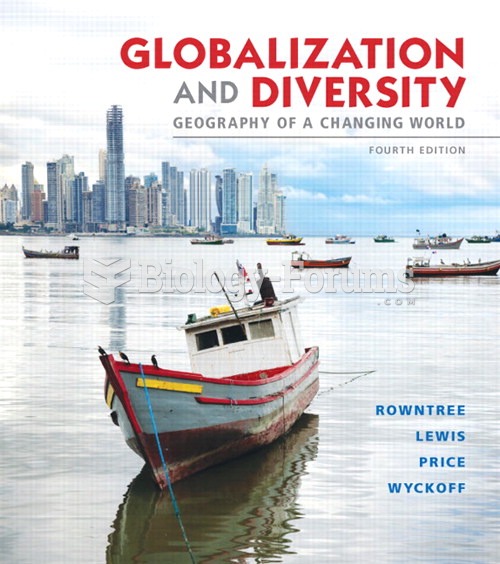Answer to Question 1
Three successful formats developed over the last decade and that are expected to continue are stores that recycle merchandise retailers, liquidators, and rentals. All three formats offer the consumer value in an untraditional manner.
Recycled Merchandise Retailers: As a result of the economic slowdown, recycled merchandise retailers have experienced significant growth. As a record number of retailers were seeking bankruptcy protection in 2009, these stores saw a growth rate approaching 20 percent. Recyclers have developed to serve specific markets.
Liquidators: These firms purchase the entire inventory of the existing retailer and run its going-out-of-business sale. They assume responsibility for a retailer's leases, payroll, and other costs and agree either to take a percentage of what they sell or agree in advance to purchase the existing inventory. Retailers do not do this job themselves for the following reasons: The retailers in question usually have problems that require the liquidator's service in the first place. Second, most liquidators pay cash for the merchandise and then take all the risks and gain the rewards. Finally, by having outsiders run the closeouts, management can focus on operating the continuing stores and moving on to more successful merchandising. Liquidators sometimes augment sales by bringing in new merchandise or by adding leftovers from previous liquidations. Liquidators are considered experts at pricing merchandise and estimating the expense of everything from ad budgets and payrolls to utility bills. Liquidators also have to develop special incentive plans to make it more profitable for store personnel to stay and work rather than quit or walk off with merchandise.
Rentals: Renting has been popular for a limited number of items for decades. the recent slumping economy has generated a renewed interest in this format for an expanded category of products. Retailers are coming up with innovative schemes in rentals to cater to the renewed interest in rentals. An example of innovative rentals caters to the following needs of students: cars by the hour, fashion items, and textbooks. An hourly rental scheme for cars is attractive to customers who make only occasional use of a vehicle. Similarly, after paying a small monthly fee, college students can rent a great looking stylish handbag by the month. The typical college student spends slightly more than 500 a term for textbooks and gets around 200 when selling them back at semester's end. Today, more than two dozen e-tailers offer students millions of texts to choose from and allow them to rent books for a set period, anywhere from a month to a semester or summerthe rental term determines the cost.
Answer to Question 2
False







